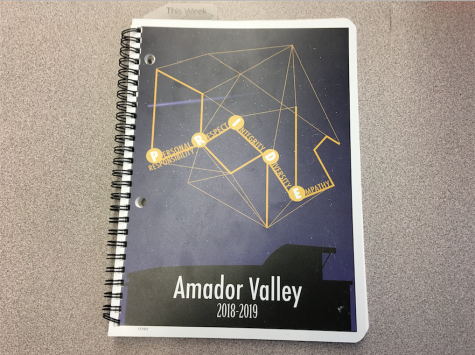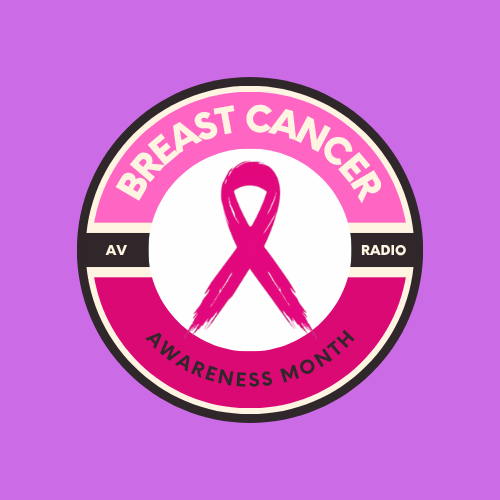Georgia school reinstates paddling – What’s the punishment like at Amador?
September 26, 2018
Not too long ago, parents living in Hephzibah, Georgia received a letter from their school asking them to consent to the paddling of their children. One-third gave consent, and so, paddling has made its way back into Georgia’s roster of disciplining students.
Strangely, the school wanted to be absolutely clear with what they meant by “paddling,” so the letter cleared it up.
Moving the questionable decision to call strikes “licks” aside, it made me wonder how Amador decides to discipline their students.
I am of the opinion that no person in position of authority should physically beat their underlings, but there are many who feel that the parents of today’s generation are a bit too soft with their kids, and believe that the good old days of the occasional spank would set them straight.
The establishment of paddling in Hephzibah is just a result of this rising belief.
The idea that the days of the past are always better than the days of the present is a belief that is often just plain wrong, but it’s perfectly
possible that the harsh art of discipline has been lost some time ago. So, I decided to set out and find out what exactly the discipline is in Amador.
The “corporal punishment” of the paddling is not to be used in the Georgia school until a “third strike” of disciplinary purposes.

Amador similarly follows a three-strike policy on many of its rules. Most of the lighter rules include a suspension and parent contact after three strikes. Cutting class, dress cuts, tardiness, all follow a general pattern of small punishment, detention, and parent contact. Even littering follows this basic pattern.
We have no chance of paddling being introduced at Amador, but its curious to imagine where exactly paddling would come into play. The school describes the paddling as “corporal punishment” to be given out after three strikes of disciplinary actions. That could be anything. From littering to harming another student. If they do it three times, then paddling can be used for any kind of discipline.
Of course, the decision to paddle students isn’t being made in a high school, but instead in a elementary school. Children probably aren’t going to hurt each other in the same ways that high schoolers would, and if they do, they’ll probably be expelled anyway.
The vagueness that the school’s letter has seems to work to their detriment. If they’re not specific as to what paddling is going to be used for, then it exists in a limbo where it’s proclaimed as a threat, but never actually used.
I think that might be the point of introducing paddling. Not as an actual punishment, but a symbolic tool. One used to tell the masses: “We reject coddling our children! We set them straight!” Despite this symbol, only one-third of parents gave permission for the corporal punishment. Perhaps the message of being stern to their children just isn’t reaching most parents.




Amanda L. Daveaux • Mar 20, 2020 at 11:41 am
I’m not sure how I ended up at this page. My search had nothing to do with paddling, but I must admit, its an interesting topic.
As with anything else these days, it seems to generate a lot of opinion and discussion.
I am seventy years old by the way, so, my opinions are probably not mainstream. Needless to say, what was popular during my years in grade school are not popular today. It seems that everything has to be trendy now. What with the internet, Twitter and Facebook, and everyone has a cellphone in their pocket. One would think that all these tools would make our lives better, but it hasn’t.
When I was in school, certain infractions would get you a paddling from the principal. If you were a female, you still got it, but there had to be a female witness. You still got it just the same.
I don’t remember there being a lot of discussion about it either. It was nothing to argue over, and no one would dare to poke fun at you for it because they too could get it just the same if they acted up. It was just a fact to be reckoned with. I also don’t believe that it was being done in anger, or with any sort of malice. The alternative to a paddling was suspension, which affected your overall grade average. Most kids, and their parents, (if they cared about their grades), would take the paddling anyway.
As soon as it was over, it was forgotten, with little or no hard feelings and you went back to class. You might have trouble sitting on those hard wooden seats afterward so usually it was done near the end of the day.
We had very few disruptions in our classes and the teachers were able to actually teach, instead of babysitting like some say they have to do today. I think I was pretty good in school but, even I got it a few times.
The liberal generation that is coming up today seems to think life is gonna be so easy. I feel sorry for them when life teaches them otherwise.
Anyway…I’ve rattled on enough about this.
I’ve looked at some of the photos in your photo gallery, and from what I see, you have a nice school, and a lot of young men and women who are happy to be there. It brings back memories. I hope every one of the students and teachers are able to weather this current storm we are having. Take care, and may God bless you all. Amanda L. Daveaux